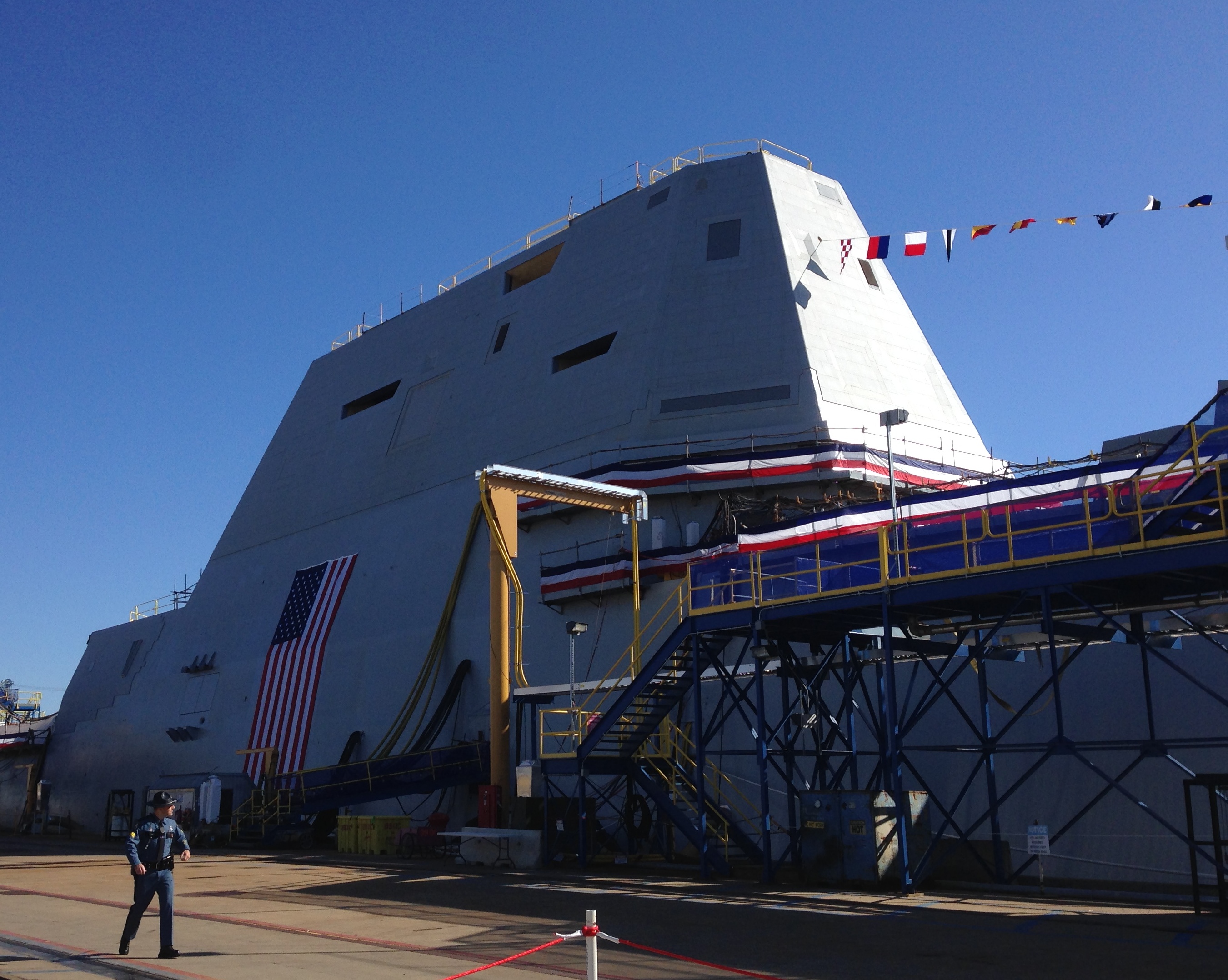
Zumwalt Class Costs Have Risen $2 Billion in Last Five Years
The cost of the three ships in the Navy’s Zumwalt-class (DDG-1000) has risen more than $2 billion over the last…
Copyright 2024 U.S. Naval Institute. All Rights Reserved.